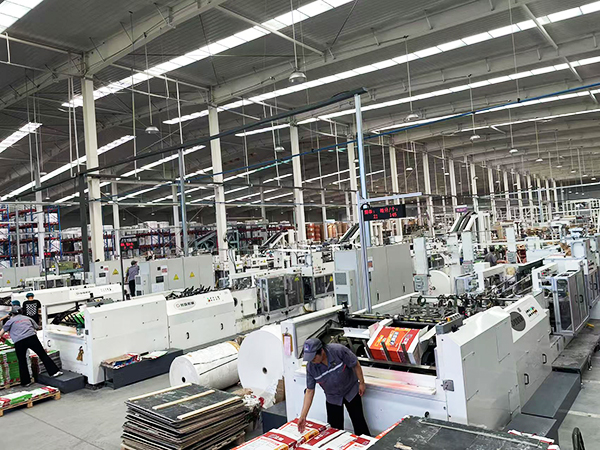The Evolution of Paper Bag Machines: Honoring the Inventors Behind the Innovation
Release time:2025-05-04 Classification:Knowledge
The Inventors and Innovations Behind Paper Bag Machines
The invention of the paper bag machine revolutionized packaging and sustainability practices, marking a pivotal moment in industrial history. This article explores the origins of the paper bag machine, its key inventors, and the technological advancements that transformed it into a cornerstone of modern manufacturing.

Early Pioneers of Paper Bag Machinery
The concept of mechanized paper bag production emerged in the mid-19th century, driven by the growing demand for affordable, durable packaging. One of the earliest breakthroughs came from Francis Wolle, an American inventor who patented the first automated machine for making flat-bottomed paper bags in 1852. His design utilized a continuous sheet of paper, folded and pasted into shape, significantly speeding up production compared to manual methods.
However, the most transformative innovation arrived in 1871 with Margaret E. Knight, an engineer often hailed as the "mother of the grocery bag." Knight developed a machine capable of producing flat-bottomed paper bags with reinforced sides—a design that became the industry standard. Her invention addressed critical weaknesses in earlier models, ensuring bags could hold heavier items without tearing.
Technological Advancements and Modernization
Early paper bag machines were mechanically operated, relying on levers, pulleys, and hand-fed materials. By the late 19th century, steam-powered and later electric machines enabled mass production, meeting global demand for retail and industrial packaging. Key improvements included automated cutting, folding, and gluing systems, which enhanced precision and reduced waste.
In the 20th century, innovations like rotary die-cutting and computer-controlled systems further optimized efficiency. Modern paper bag machines now integrate IoT sensors and energy-saving mechanisms, aligning with sustainability goals by minimizing material use and carbon footprints.
Legacy of the Paper Bag Machine Inventors
The inventors of paper bag machines laid the groundwork for eco-friendly packaging solutions long before environmental concerns became mainstream. Their contributions not only streamlined manufacturing but also promoted the shift from single-use plastics to recyclable paper products—a legacy that resonates today.
From Wolle’s foundational patents to Knight’s reinforced designs, these pioneers exemplify how ingenuity can drive both industrial progress and environmental stewardship. As the world prioritizes sustainability, the paper bag machine remains a testament to the enduring value of their work.






